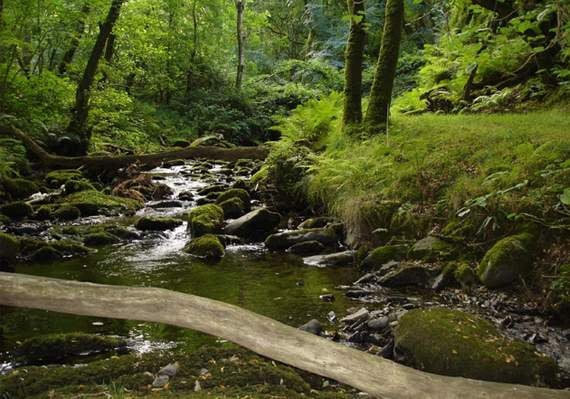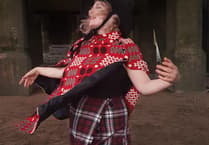The Dyfi, from the upper reaches of the river at Dinas Mawdwy and Llanbrynmair to the coast at Borth and Aberystwyth, is one of the most iconic and stunning landscapes in Wales. It’s also the only area recognised as an international biosphere by UNESCO.
For the last 10 years the biosphere has been managed by a partnership comprising of three local authorities, Snowdonia National Park, the Welsh Government, Natural Resources Wales, environmental charities, community councils, local community groups and landowners. Ecodyfi currently provides the secretariat for the partnership.
The area became a biosphere in 2009 and under UNESCO’s regulations it must now be subject to a 10-year review in order to retain its status.
Natural Resources Wales, on behalf of the partnership, has appointed WSP and the BRO Partnership to complete the review by the middle of February.
The biosphere contains a mixture of different terrains and land uses: from upland farming to forestry, through to the river plain, coastal dunes, wetlands and marshy areas, all of which are rich in wildlife.
It also contains the market town of Machynleth and the university town of Aberystwyth, through to smaller settlements and scattered farmsteads.
It’s an area that’s also rich in wildlife, history and culture, it straddles three counties and connects the southern part of the Snowdonia National Park to the Cambrian Mountains.
The concept of a biosphere relates to far more than just the conservation of landscape and wildlife, it embodies a holistic approach aimed at balancing how we should live alongside nature, sustaining jobs, whilst protecting and enhancing our natural and cultural heritage.
Biosphere are also places to enhance our understanding of ecosystems and their management and to inspire communities to get involved in the management of their local area.
Under the 10-year periodic review there will be an opportunity to look back at what has been achieved, to discuss what has worked well and to identify what else could be done in the future.
The area has also witnessed many changes over this period, with new environmental pressures such as climate change, invasive species and diseases to coniferous woodland, through to cuts in public sector budgets. The review will take stock of these changes as well.
The final report will be sent to UNESCO in March, which will then decide whether the status of the Dyfi Biosphere can continue for another 10 years.
There are two drop-in sessions to allow you to input into the review:
Caffi Cletwr, Tre’r Ddôl on Wednesday, 16 January, between 6pm and 8pm; and Plas Machynlleth, Machynlleth on Thursday, 17 January, between 2pm and 4pm.
Alternatively an online questionnaire has also been prepared and you can complete this at https://www.surveymonkey.co.uk/r/YCBM282.
If you’d like to learn more about the work that’s been achieved over the last 10 years, check out their website at www.dyfibioshpere.wales.





Comments
This article has no comments yet. Be the first to leave a comment.